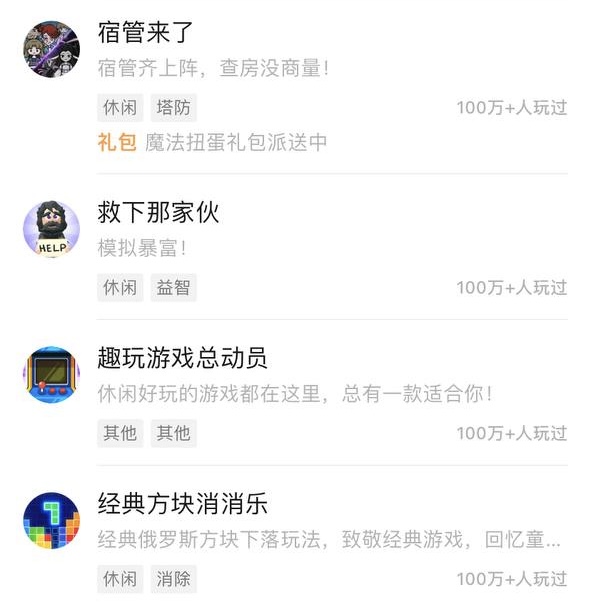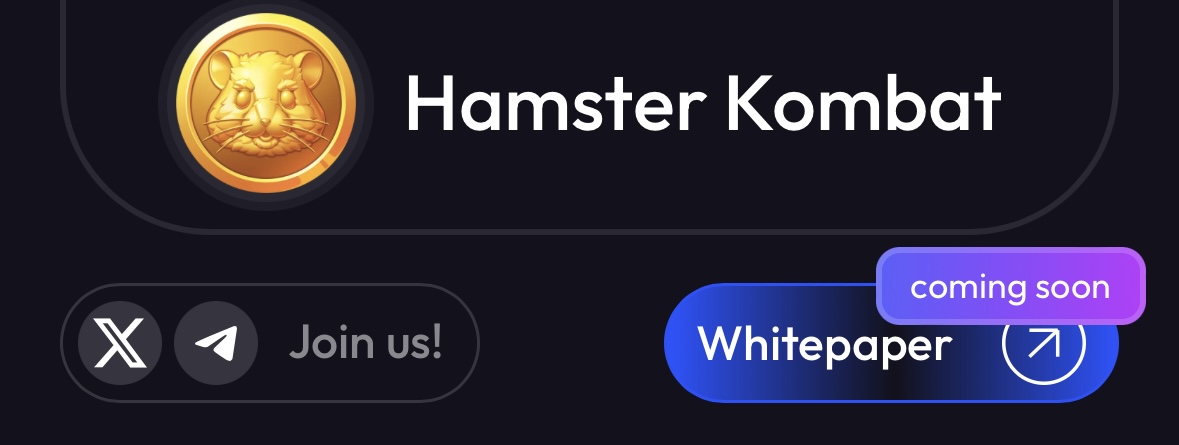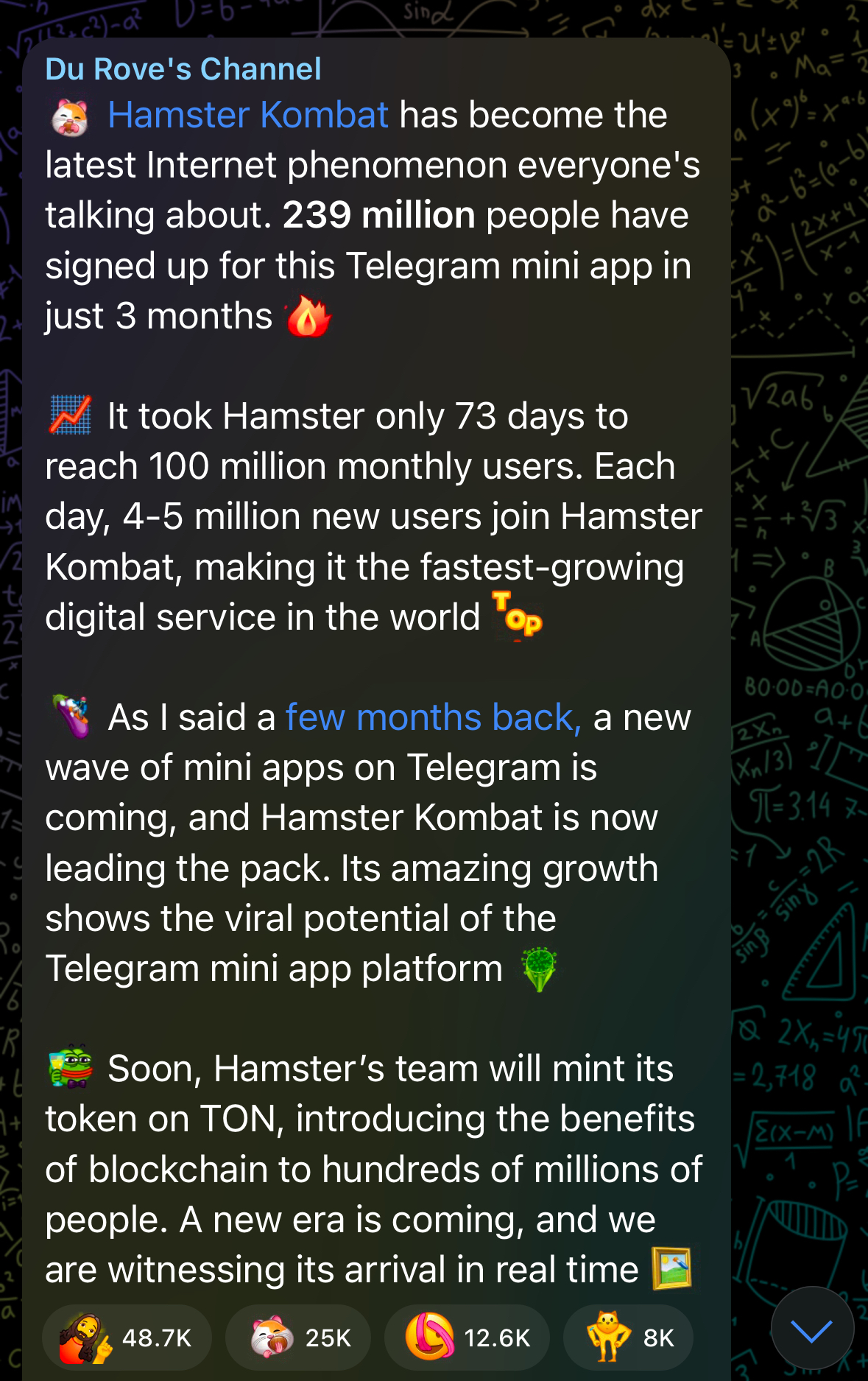Mini Apps: How Services Built on Major Platforms Help Businesses in Promotion
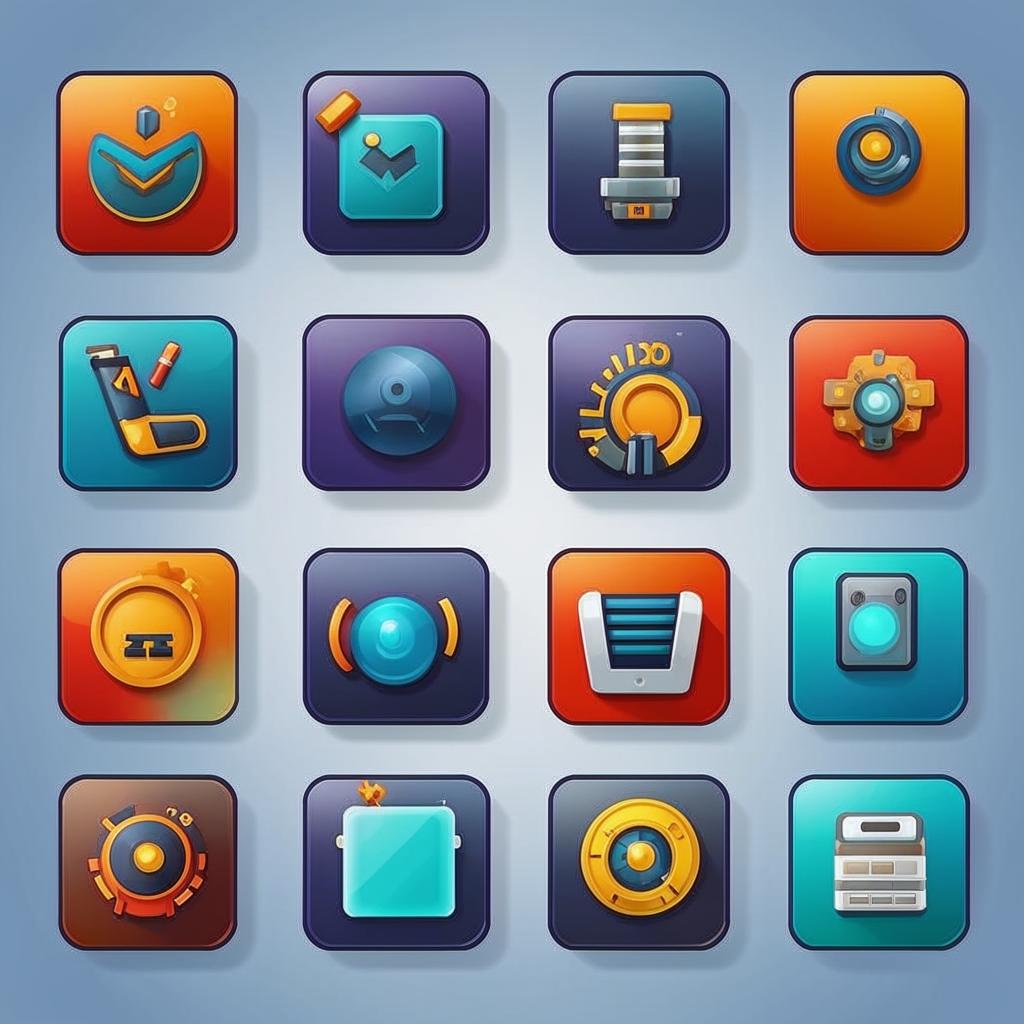
Why is it Beneficial for Companies to Create Mini-Apps?
Mini-apps are small programs typically weighing up to 10 MB that operate within social networks or large applications. They feature a simplified interface, fast loading speeds, and often bypass the registration process. Users don’t need to download them separately – they are accessible as long as the user is registered on the social network on which the mini-app is based.
In recent years, the use of mini-apps in business and online platforms has surged dramatically. This trend is not coincidental; it is driven by several factors that make mini-apps attractive to both companies and users.
Easy Access and Convenience. Mini-apps, such as WeChat Mini Programs or Google’s Instant Apps, allow users to access app functionalities without the need for installation. This removes barriers related to storage limitations on devices, lengthy download processes, and frequent updates. Users can simply open a mini-app and start using it immediately, which enhances user engagement and satisfaction.Examples of Successful Mini-App Implementations
WeChat Mini Programs. Chinese companies were the first to integrate mini-apps into their platforms. One of the most well-known and successful platforms for mini-apps is the WeChat messenger, developed by Tencent.Telegram Mini Apps. Telegram Mini Apps offer an excellent opportunity to go beyond creating bots and venture into developing more extensive projects, such as games or cryptocurrency applications. This allows businesses to reach Telegram's multimillion-user base and gain access to advertising, virality mechanisms, and user retention strategies.
Trending Now: Clicker Games in Telegram Mini Apps
Mini-apps in Telegram are not just about games, entertainment, and convenient services for messenger users. This summer, clicker games have created a real buzz. These applications allow active users to earn real money for numerous "taps" on their screens, especially if the in-game currency is listed. For example, "Hamster Combat" is a project with participant numbers exceeding the millions.
In this game, like in other similar clickers, the development path starts with simple "taps" — finger presses on the phone screen. Each tap earns a unit of in-game currency. When a player accumulates a certain amount, they can use it to purchase bonuses and upgrades. These upgrades allow players to earn more coins per tap or restore the "energy" expended on tapping.
The next stage is generating "passive income," where coins are earned automatically, even when the device is off. This significantly eases progress and allows players to accumulate resources without constant interaction with the game.
If the player lacks coins for upgrades or runs out of clicks, they can complete additional tasks — watching ads, videos, and subscribing to various channels. This allows them to earn extra resources and continue improving their gameplay experience.
It often surprises people why such projects are willing to pay users for seemingly simple actions. The answer is clear: acquiring an audience as a highly valuable asset, minimal marketing costs, and extensive reach.
Creating a Mini-App: What Do You Need and How Much Does It Cost
To create a mini-app, depending on the project's complexity, you need to hire a developer or a team of developers. Social media platforms use standard web technologies like HTML, JavaScript, and CSS. This makes development simpler compared to traditional mobile applications, which require separate work for Android and iOS.
The process of creating and developing a mini-app is similar to developing and evolving a website. Generally, it involves the following stages: development, design, testing, moderation, user launch, promotion, monetization, and support.
Factors Influencing Cost:- Project Complexity. Simple Applications: basic functionality might take 20 to 50 hours of development. Complex Applications: with third-party integrations, user authentication, and additional features, development might take 100 hours or more.
- Developer Qualifications. Junior Developer: $50–$75 per hour. Mid-Level Developer: $75–$150 per hour. Senior Developer or Tech Lead: up to $150–$250 per hour.
- Additional Specialists: Designer: $50 to $150 per hour. Tester: $50 to $100 per hour. Project Manager: $75 to $150 per hour.
- Simple Mini-App. Development Time: 20–50 hours. Cost: $1,000–$7,500 with a freelance developer.
- Moderately Complex Mini-App. Development Time: 50–100 hours. Cost: $7,500–$15,000 with a freelance developer or small studio.
- Complex Mini-App. Development Time: 100 hours or more. Cost: $15,000 to $250,000 with a studio, depending on the requirements and complexity.
Summary:
- Minimum Cost: Around $1,000 for a simple app with a freelance developer.
- Maximum Cost: Up to $250,000 for a complex app with a studio.
These figures are approximate and can vary depending on the specific project and the region where the development is taking place.
Mini-apps are an excellent and promising tool. Businesses use them to attract new audiences, increase loyalty, and sell products and services within the main application. Integrating mini-apps into business processes allows companies to adapt to modern market demands, providing users with quick and convenient access to their services and products.
Today, mini-apps are an integral part of the promotion strategy for companies striving to remain competitive and meet their customers' needs.
Try Popsters Trial plan to get content activity statistics of any pages for a next 7 days for free
Try for free
Popular
-
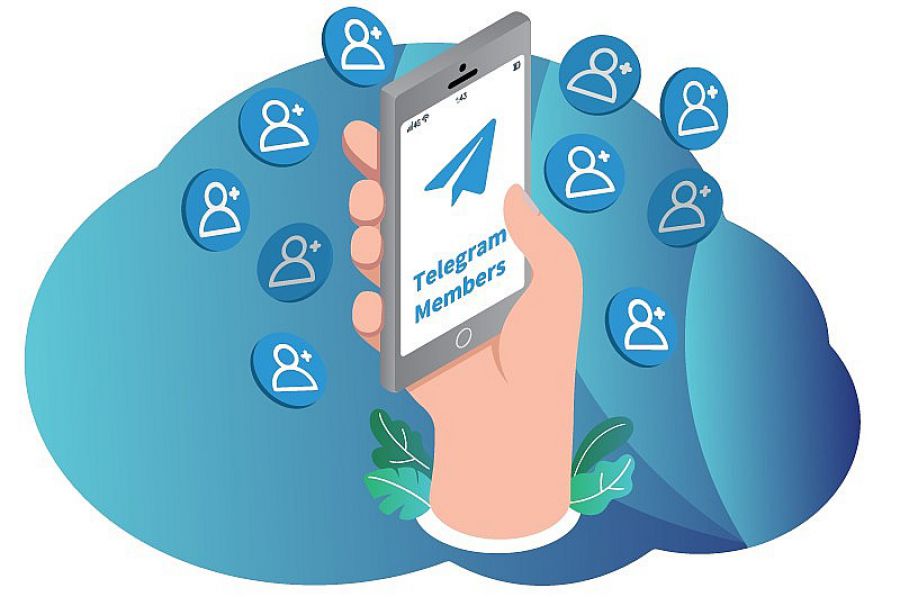 How to Increase Telegram Subscribers: Best Free Ways
How to Increase Telegram Subscribers: Best Free Ways
-
 Analytics and Statistics for Any Telegram Channel or Chat
Analytics and Statistics for Any Telegram Channel or Chat
-
 Instagram Statistics and Analysis: How to View Data of any Account
Instagram Statistics and Analysis: How to View Data of any Account
-
 Analytics and Statistics for Any YouTube Channel
Analytics and Statistics for Any YouTube Channel
-
 How to Remove fake Followers on Instagram and Is It Necessary?
How to Remove fake Followers on Instagram and Is It Necessary?
Try Popsters Trial plan to get content activity statistics of any pages for a next 7 days for free
Try Popsters
